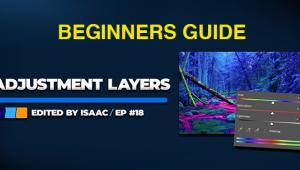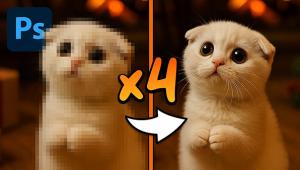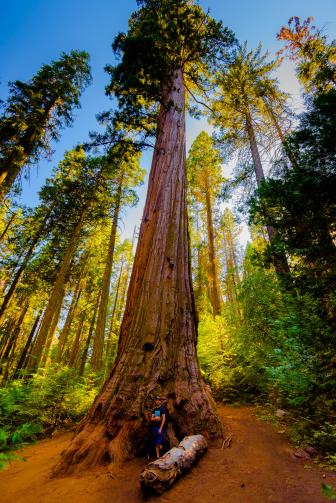One Flash Portraits: A Single Light Can Do It Right

All Photos © Jim Zuckerman
There are many ways to light a subject. One of my favorites is to use a single light. For one thing, it’s fast, easy, and it doesn’t require a lot of expensive equipment. I started using it when I traveled and wanted a dramatic type of light in the field, and because I liked it so much I then I started using it with subjects close to home because of the simplicity and the ability to shoot quickly.
Even in the studio I often use a one-light portrait style from a portable flash because it’s dramatic and non-traditional. In the portrait of a model in (#2), I used side lighting and asked the model to face the light. The background went black because it was several feet away and the spill from the flash didn’t touch it.
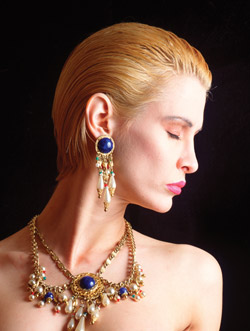
In the predawn light of Venice, I used side lighting from a single flash to illuminate a model, (#3). By studying the LCD monitor on the back of the camera and adjusting both the flash exposure compensation as well as the exposure compensation feature on the camera for the ambient light, I was able to get the balance between foreground and background I wanted. Notice how the light from the flash is illuminating only one eye. I purposely asked my friend who was holding the flash to position it precisely to get the division of light on the face and to direct the light so only one of the eyes was lit.
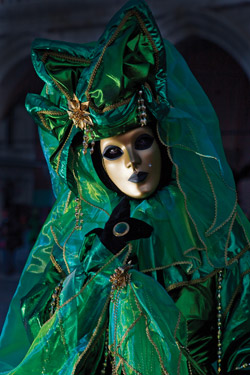
Nocturnal animals can only be photographed with flash, and it’s obviously difficult or impossible in most situations to set up more than one flash unit. In the field, I used on-camera flash (which I try to avoid when possible, but in this case I had no choice) to photograph a barn owl, (#4). The vertical composition meant that an undesirable shadow would be seen in the background on the side opposite the flash, so I tried to hold the flash as close to the lens axis as possible. There is a small shadow on the right side, which I don’t like, but it’s not as bad as it might have been had I not been aware of the problem.
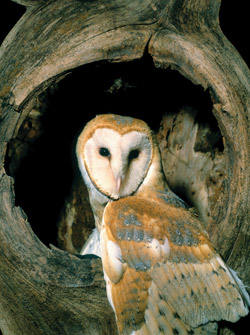
A tarsier, the world’s smallest primate, offered a similar challenge on the island of Sulawesi in Indonesia, (#5). These nocturnal creatures are hard to find, let alone photograph, and the only option I had was to use on-camera flash. Off-camera lighting in the jungle doesn’t work because of all the shadows cast by the thick vegetation.
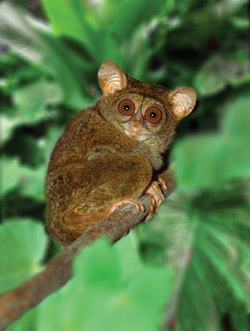
I also used a single flash when I photographed a little girl for my stock agency, (#6). I had a gold reflector and bounced the flash into it, giving the image a warm glow. Light is lost when you do that, so the flash and reflector had to be placed close to the girl to compensate for the loss of about two f/stops of light.
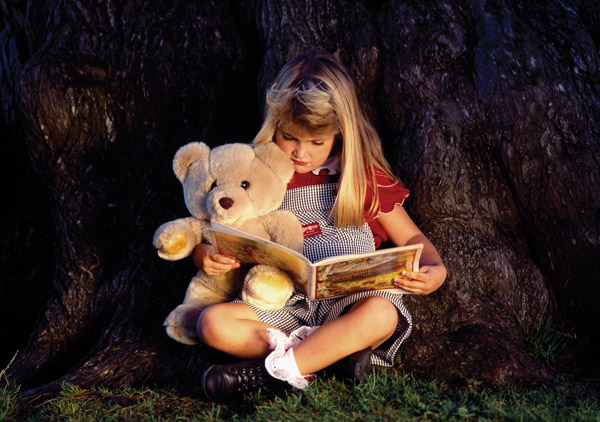
The portrait I took of a Javanese bride from Indonesia, (#7), was a very different scenario. She was lit by an overhead skylight that had a strange green cast. A large piece of corrugated green plastic covered the opening to the sky, causing the color shift. I used a single flash positioned at a 30˚ angle to the lens axis in an attempt to overpower and eliminate the green cast.

Fill Flash
One light portraits outdoors where you balance the light from a flash with the ambient light is called fill flash. Photographers use this primarily to open up the shadows in a face and to put a catch light in the eye. This works very well in muted lighting as well as when the background is lighter than the subject and its influence on the meter will cause the darker subject to be underexposed. For example, the faces of the dancers taken during the annual Sing Sing in Papua New Guinea (#8), would have been hopelessly dark had I not used fill flash. I was lying on the ground shooting up at them with a wide angle lens, and they were looking down at me and away from the light. I reduced the power of the flash by one full f/stop to light their faces.
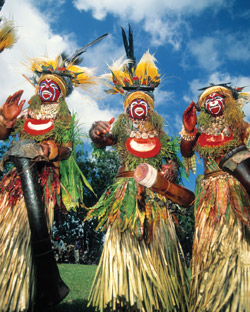
Usually, when shooting with fill flash, I reduce the light from the flash by 11⁄3 to 12⁄3 f/stops so the subject has a hint of light on them. I don’t want to overpower the ambient light. Such was the case in the portrait of Huli tribesman, (#9), also in Papua New Guinea. I underexposed the flash by 11⁄3 f/stops in this shot. That was just enough to brighten up his face and to put a subtle catch light in the eyes. I actually prefer a more natural catch light, such as from the sky, but in this case it was more important to me to make his face paint appear to be saturated in color.

Without fill flash, the picture of the spotted cuscus (#10), would have been almost a silhouette. Just like with the dancers, the marsupial was facing away from the bright sky. If I took the picture without flash and exposed correctly for the animal, the sky would have been overexposed. It would be largely devoid of color. Only with the additional light from the flash was I able to get a good exposure on both the foreground and the background.
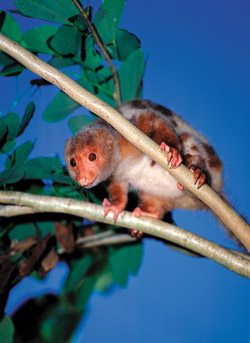
Fill can be accomplished in any of the metering patterns, but I prefer to first set the background exposure and then use fill to illuminate the foreground subject. Failure to do this might result in either a washed out background or poor lighting on the subject. You can set that exposure using Manual mode or just lock exposure when using an Auto Exposure mode. In fact, when using Matrix or similar metering, and turning on the flash, you’ll get a good balance. Testing this on your camera will tell you if it works well, or if you have to resort to a more studied approach.




























